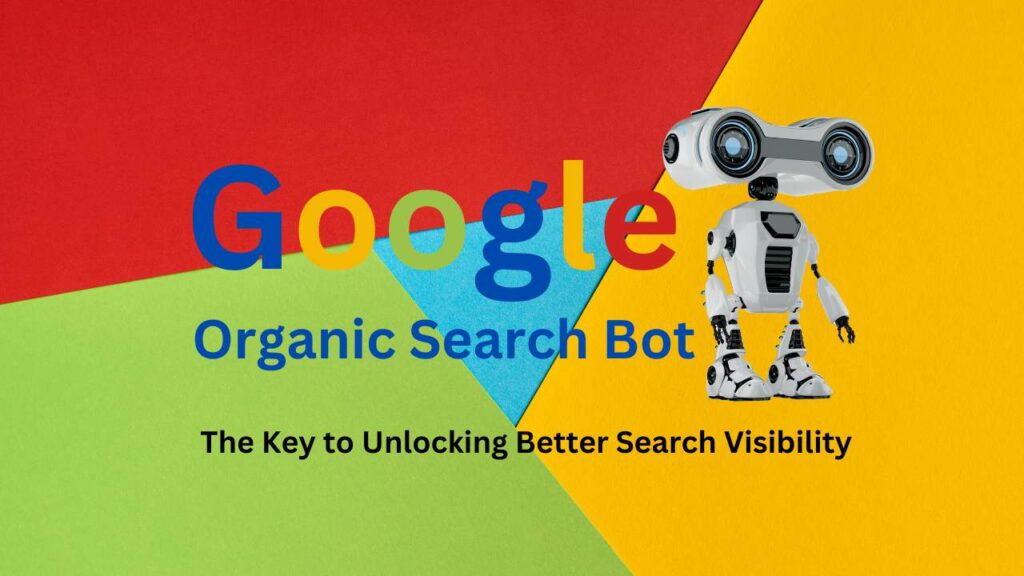Google’s constant quest to evolve and improve its search engine experience recently led to one of its most exciting innovations: the Google Search Generative Experience (SGE). Unveiled as an experimental feature, SGE leverages generative AI to offer a more contextual, interactive, and helpful search experience.

While exploring what is Google Search Generative Experience and how to use it, it’s helpful to understand the differences between Google Gemini and Google SGE, as both AI tools enhance search but focus on different aspects—SGE for interactive search snapshots and Gemini for advanced multi-step reasoning and content generation.
In this guide, “What is Google Search Generative Experience and how to use it” we’ll break down is and walk you through how to use it, step by step. Whether you’re curious about how SGE might change your search habits or what it means for online businesses and marketers, this article covers it all.
What Is Google Search Generative Experience?
What is Google Search Generative Experience (SGE) is Google’s latest experimental feature that leverages generative AI to provide users with more dynamic and contextualized answers directly in the search engine results page (SERP). In contrast to the traditional list of links, SGE creates a snapshot that answers complex queries with summarized, AI-generated insights from multiple trusted sources, giving users more meaningful answers at a glance.
If you’re wondering “What is Google Search Generative Experience and how to use it” and how this changes your search experience, think of it this way: Imagine asking Google a long, nuanced question—SGE doesn’t just return links to sites; it summarizes information, much like how a knowledgeable friend might answer by combining insights from various sources.
A Brief Overview of Generative AI
At its core, generative AI is a type of artificial intelligence capable of creating new content. Unlike traditional AI models that work from preset data, generative AI learns patterns from huge datasets and uses those insights to generate unique responses, images, text, and even music. Popular examples include ChatGPT and DALL-E.
What is Google Search Generative Experience and how to use it taps into this same generative AI power by creating unique responses for certain search queries, aiming to make search faster, more interactive, and responsive to complex questions.
Features That Make Up Google’s Search Generative Experience

Google has included several key features in the Search Generative Experience to enhance the user journey. Here’s a closer look at the standout functionalities that make SGE such a transformative feature:
AI-Generated Snapshots
The AI snapshot is one of the core features of SGE, providing an immediate summary of the search query based on multiple sources. For example, if you’re planning a trip and ask, “Which is better for families, Bryce Canyon or Arches National Park?” SGE’s snapshot will offer a brief answer highlighting the features of each, pulling information from various travel and family-friendly sources. This is designed to save you the effort of visiting multiple links to gather answers yourself.
These snapshots aim to reduce the need for “no-click” searches where users get their answers from the SERP without needing to click on any specific links. The snapshot includes:
- Summarized insights from multiple trusted sites
- Relevant links with thumbnails
- A bear claw icon that, when clicked, expands to show the content sources
Conversational Mode
Another remarkable addition is conversational mode. Unlike traditional search engines that treat each query in isolation, SGE can “remember” the context of your previous question and help you with follow-up questions in a conversational manner. For example, if you search for “why do whales sing?” and follow up with “plush whales for kids, under $40,” SGE understands you’re now looking for stuffed toys related to the initial topic, not whale behaviors.
This seamless ability to transition between related questions makes SGE an ideal companion for searches that require exploration and refinement. It enables users to:
- Ask follow-up questions without restating the context
- Receive contextual answers that relate back to the initial search
Vertical Experiences for Shopping and Local Search
SGE also brings a new depth to vertical search experiences, especially in shopping and local search. By tapping into Google’s comprehensive Shopping Graph, which includes product details, prices, reviews, and seller information, SGE helps users make more informed decisions in product-related searches.
Consider you’re looking for a “commuter bike for a five-mile, hilly route.” Instead of simply listing bikes, SGE will pull data on the best-suited options, including comparisons on features like durability, weight, and price. These vertical experiences let users explore products with:
- Enhanced comparison tools
- AI-summarized descriptions
- Detailed images, reviews, and availability
How To Use Google Search Generative Experience
What is Google Search Generative Experience and how to use it, Currently Google SGE is available only in the U.S. as an experimental feature. Here’s a step-by-step guide to enabling and using SGE:
- Download the Latest Version of the Google App: Ensure you have the latest version of the Google app on your Android device.
- Activate Chrome Sync and Web Activity: Make sure that Chrome sync and web activity are enabled, which allows Google to personalize your SGE experience.
- Join Search Labs: As SGE is still experimental, you may need to join Google Search Labs and enable the “SGE” option to start using it.
- Explore the Features:
- Ask complex, long-tail questions to see if SGE provides a unique snapshot.
- Tap “Ask a follow-up” to engage in a conversational mode.
- Try product-related or location-based searches to explore vertical experiences.
Google is gradually expanding SGE’s accessibility, so expect to see more features and availability over time.
Implications of SGE for Businesses and Digital Marketing
The Search Generative Experience is a big shift not only for users but also for businesses and digital marketers. For companies looking to stay visible on Google, understanding how Google’s AI snapshots influence SERP dynamics is crucial. Here’s what to consider:
- Adapt Content for Answer-Oriented Searches: With SGE, users can get detailed snapshots for complex questions. Businesses may need to create answer-rich content that addresses specific user intents and FAQs.
- Increased Importance of E-E-A-T (Experience, Expertise, Authority, and Trustworthiness): Google uses the E-E-A-T principles to evaluate the quality of the content for snapshots, so producing trustworthy, well-researched content is more important than ever.
- Reduced Organic Click-Through Rates (CTR): Since SGE provides immediate answers, users may spend less time clicking on traditional blue links, which could impact CTR for organic results.
SEO Strategies to Optimize for Google SGE
The Google Search Generative Experience introduces some exciting SEO opportunities but also requires adaptation. Here are strategies to ensure your content remains relevant in this new AI-powered search environment:
1. Focus on Long-Tail Keywords
With SGE’s ability to answer complex questions directly, optimizing for long-tail keywords becomes more essential. Phrases like “best vegetarian restaurants near Central Park with outdoor seating” are more likely to trigger SGE snapshots, helping your content appear in these responses.
2. Implement Structured Data
Using structured data markup (like schema) helps Google understand your content’s context. Structured data can improve your chances of being included in SGE snapshots for relevant queries by adding clarity to product listings, reviews, and FAQs.
3. Enhance User Experience (UX)
User experience is critical for SGE. Factors like mobile optimization, fast loading times, and clean design contribute to higher rankings and increased chances of appearing in SGE answers.
4. Publish High-Quality Content
As generative AI relies on quality data, Google prioritizes content that shows expertise and trustworthiness. Keep your content well-researched, conversational, and visually engaging. Consider implementing multimedia like images, videos, and infographics to enhance user interaction.
Challenges and Future Possibilities of Google SGE
While SGE holds promising potential, it does bring some challenges:
- Reduced Organic Traffic: Fewer users may click on traditional links as AI-generated snapshots deliver answers instantly.
- Increased Competition: Businesses will need to create unique, AI-optimized content to stay visible on the SERP.
- Potential for Misinformation: AI-generated content can sometimes lack accuracy, making Google’s emphasis on sourcing from trusted sites even more critical.
Looking ahead, SGE could potentially offer features like multi-step reasoning, video-based assistance, and AI-organized result categories for faster browsing. These developments would bring even more dynamism to search, creating exciting opportunities for users and businesses alike.
Conclusion:
What is Google Search Generative Experience and how to use it is more than just an enhancement; it’s a step towards the future of digital search. With AI-powered snapshots, conversational follow-ups, and tailored shopping recommendations, SGE makes information retrieval more intuitive and efficient. As Google continues to expand and refine SGE, both users and businesses will find new ways to connect, discover, and grow.
For users, Google Search Generative Experience is an empowering tool that allows quicker and deeper dives into information. For businesses, SGE presents a unique opportunity to adapt, refine content, and prioritize user-centered experiences. Embracing these changes with an adaptable SEO strategy is the best way to harness the benefits of this evolving landscape.



